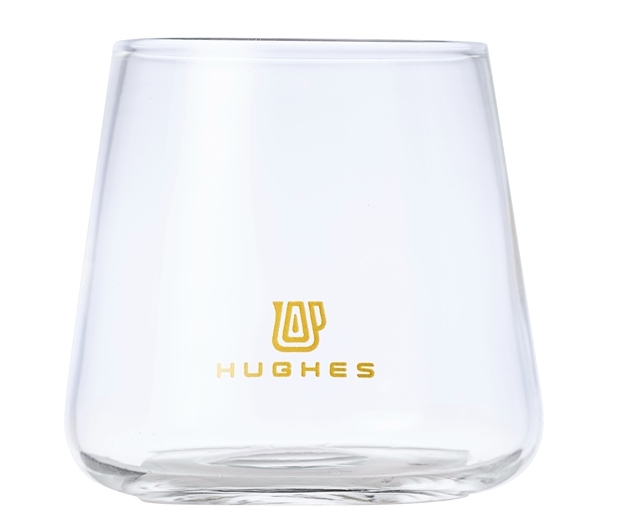In recent years, the sales channels for glass carafe have undergone significant transformation, marked by a strategic blend of online and offline approaches. This evolution reflects the changing preferences of consumers and provides both opportunities and challenges for brands and retailers.

The rapid growth of online sales channels has been a key trend in the glass carafe market. E-commerce giants like Amazon, JD.com, and Tmall offer consumers a convenient shopping experience with a vast array of products. Online platforms enable consumers to compare different brands and models, read user reviews, and make informed purchasing decisions from the comfort of their homes. Additionally, the rise of social commerce and live streaming has significantly boosted the visibility and sales of glass carafe. Influencers and live streamers can showcase products to a broad audience, driving immediate interest and sales.
The advantages of online sales channels extend beyond convenience; they also include precision marketing and data analytics. E-commerce platforms utilize big data to analyze consumer purchasing behaviors and preferences, offering brands valuable insights. These insights can reveal popular features and designs, enabling brands to tailor their product development and marketing strategies effectively.
However, offline sales channels continue to play a crucial role. Physical stores provide tangible experiences and customer service that online shopping cannot replicate. In-store, consumers can physically inspect the quality and design of glass carafe and receive personalized product advice and demonstrations. To capitalize on this, many brands and retailers are adopting the O2O (online-to-offline) model. This approach attracts customers online and directs them to physical stores, creating a seamless and comprehensive shopping experience. For example, consumers might research products online and then visit a store to make their final purchase decision after experiencing the product firsthand.
Moreover, innovative retail formats like pop-up shops and brand experience stores are enhancing the appeal of offline sales. These formats attract consumer attention and foster deeper brand engagement. For instance, some brands are opening experience stores in high-end malls or bustling urban areas, where consumers can interact with the product’s quality and unique design, thereby strengthening brand recognition and loyalty.
In conclusion, the shift in sales channels for glass carafe underscores the evolving consumer behaviors and diverse market demands. The integration of online and offline channels is becoming an essential strategy for brands and retailers to stay competitive and meet consumer expectations. By leveraging the strengths of both online and offline channels and delivering high-quality products and services, the glass carafe industry is poised for continued growth and success.

 WhatsApp:
WhatsApp: Mobile Phone:
Mobile Phone: Contact Now
Contact Now